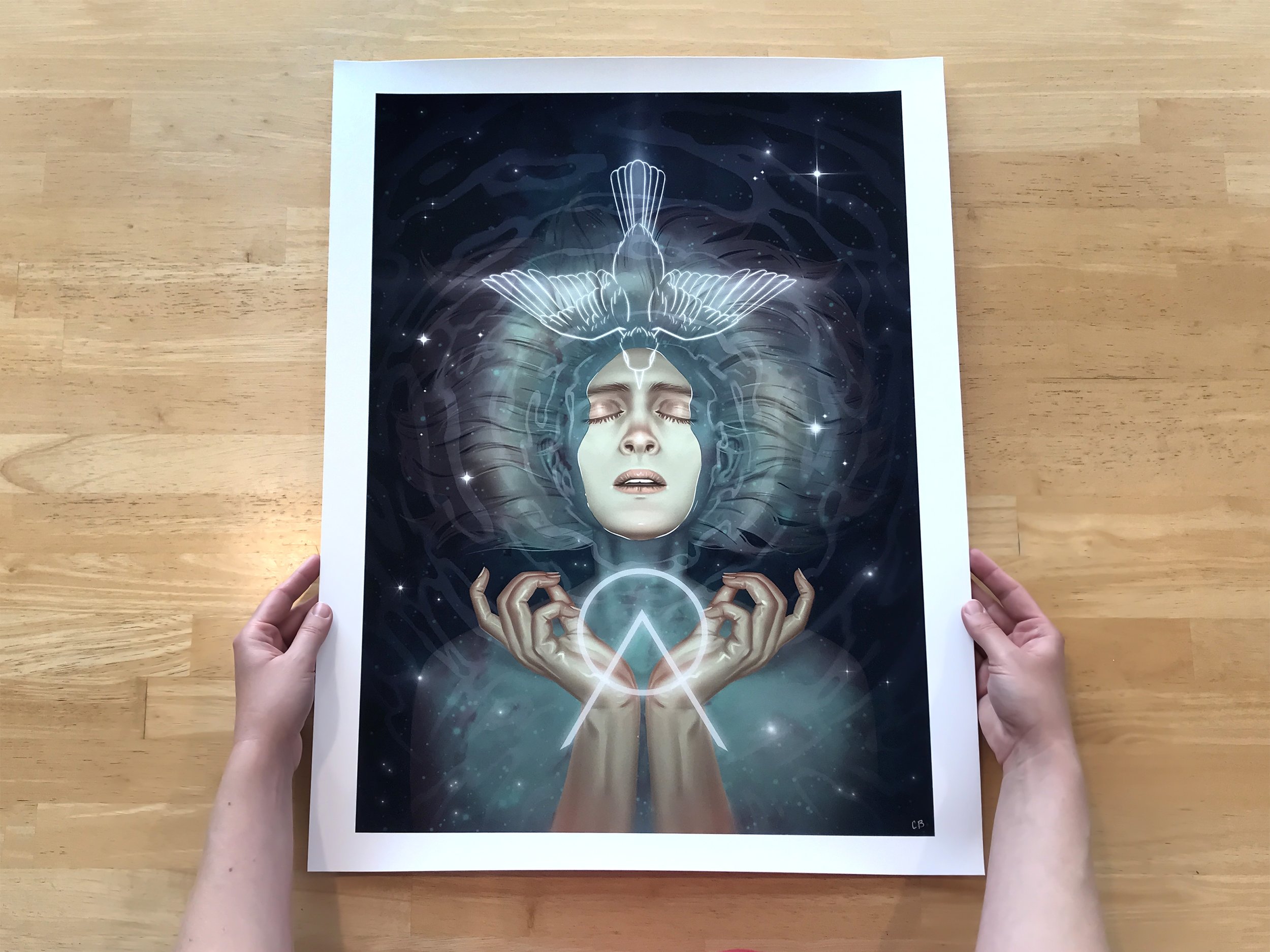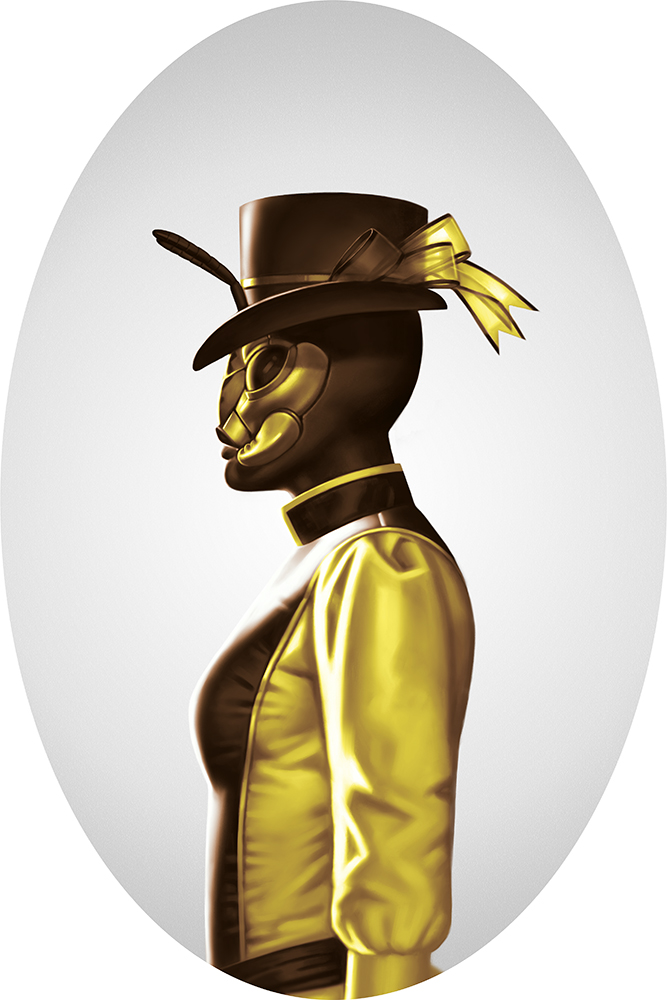Fantasy illustration is all about picturing things that don't exist (like dragons), which begs the question of how to create a sense of realism. The book cover I designed for A.P. Couiteaux is a good example as it melds elements that do exist in the real world with the fantastical.
This book was just released on Kindle. Check it out if you like fantasy with a spice of sci fi.
After reading through the novel and discussing composition goals with the author, I created my typical three sketches. This cover is a full spread, which is an exciting “landscape” aspect ratio to work with. My task is to make sure the art works when cropped to just the front, but still has a nice visual flow from back-to-front.
The preliminary concepts:
Even from the earliest sketches, I found it helpful to have placement for the title text, turning the layer on and off when I wanted to focus just on painting. The final composition (below) combined two concepts from the preliminary sketches, focusing on the first sketch and incorporating the back side of the second sketch.
Now comes the challenge of fitting all of the text elements without creating clutter.
Below is the final text layout, color scheme, and art composition. This is important to do before polishing the artwork. There is less worry if a major change needs to be made during the sketchy stage to accommodate text. This layout is for hardcover, hence the interior flaps.
Now I am ready to dive into gathering photo reference. My aim for reference is to learn about the structure of lighting and anatomy that will inform my artwork, but not by pursuing "detail" in the traditional sense of realism. I enjoy realism that focuses on mood over detail, just like a Pixar movie can have "cartoony" 3D characters that feel life-like.
Let’s dive in to one of my favorite resources: 3D models!
I like to use 3D models for most of my reference, which I might build from scratch if it’s really simple, but most often I combine and alter existing models from free 3D model websites. The only big challenge for 3d model reference is getting natural-looking clothing folds, so I will usually take a few selfies for that.
I construct, add lighting, and render images using Blender (also free). Blender is not an easy software to use, but if you are opening existing models and adding a few light sources, you only need to learn a few tools inside the program.
Here is a look at the Blender interface. Eve says hi.
Here is a more complete list of the free resources I use for my reference, they are:
My main 3D modeling software
another 3D modeling software more focused on posing human models. Not as comprehensive as Blender, but more user-friendly
Auto-rigging for your humanoid models to then pose in Blender. Also has a couple of free character 3D Models
My favorite website for free 3D models. They have a 3D viewer, which is nice for quick reference as well as downloadable models
A really amazing library of 3D scanned models. I haven't tried this one yet, but it's on my radar. Requires an add-on to import the files to Blender
A great website for more technical 3D models, like vehicles and furnishings. Not the best for downloading (file conversion needed), but has a built-in 3D viewer
A smaller selection and not as high quality as sketchfab, but free is free. Account required.
Another free 3D Model option. Account required.
I don’t always shy away from paid 3D models. If it saves you time, it’s worth every penny and you can probably use for future reference as well.
A pro tip for rigging non-human, imaginary creature 3D models like dragons: skip the rigging. I find it faster to cut up the model in sections and just rotate limbs to the desired angle for the pose. The wings I used for my dragon (which actually do need to be rigged) come from a pre-rigged bat model. Some mythical creatures are more or less real animals with added components, like unicorns. Just stick a horn on that horse. Work smarter, not harder.
Here is the final spread for Eve Archer! Online 3D models and other virtual resources are more abundant than ever and give you a great degree of control and creativity for implementation.
Fantastical Art for Your Fantastical Friends!
If you haven’t heard: I have originals, prints, stationery, and more goodies on my Etsy Store with Cyber Weeks Sales happening as we speak. Check out my store for all the details.








